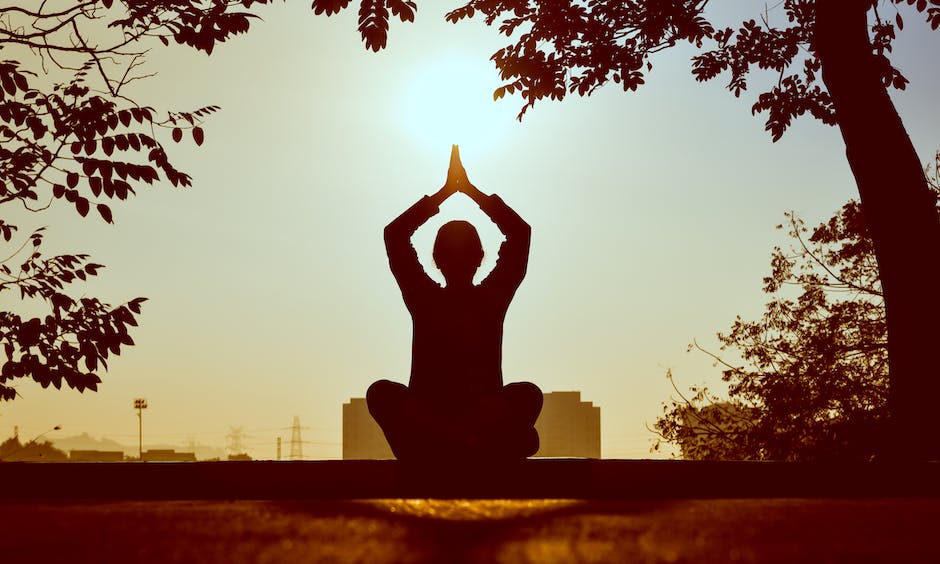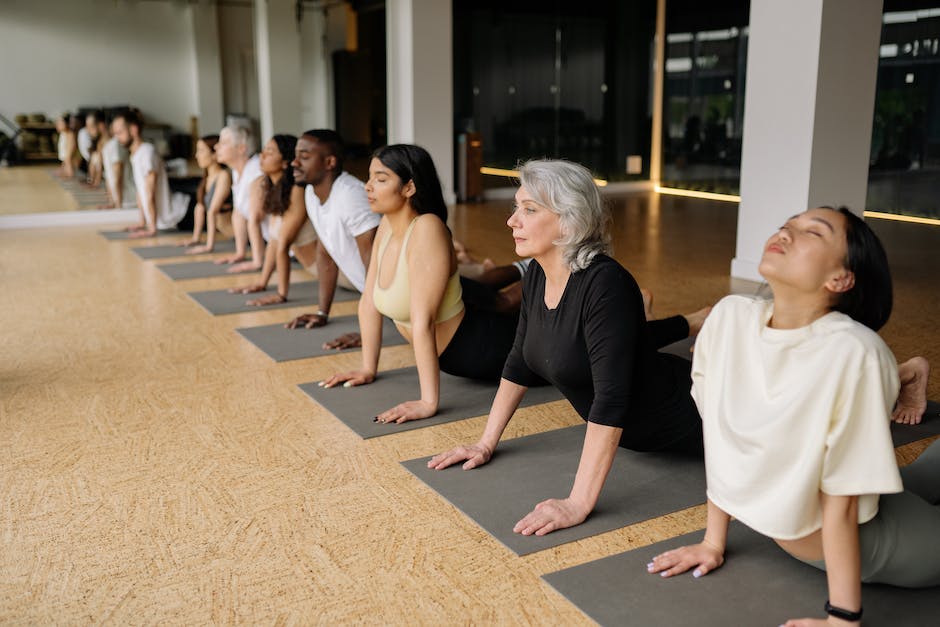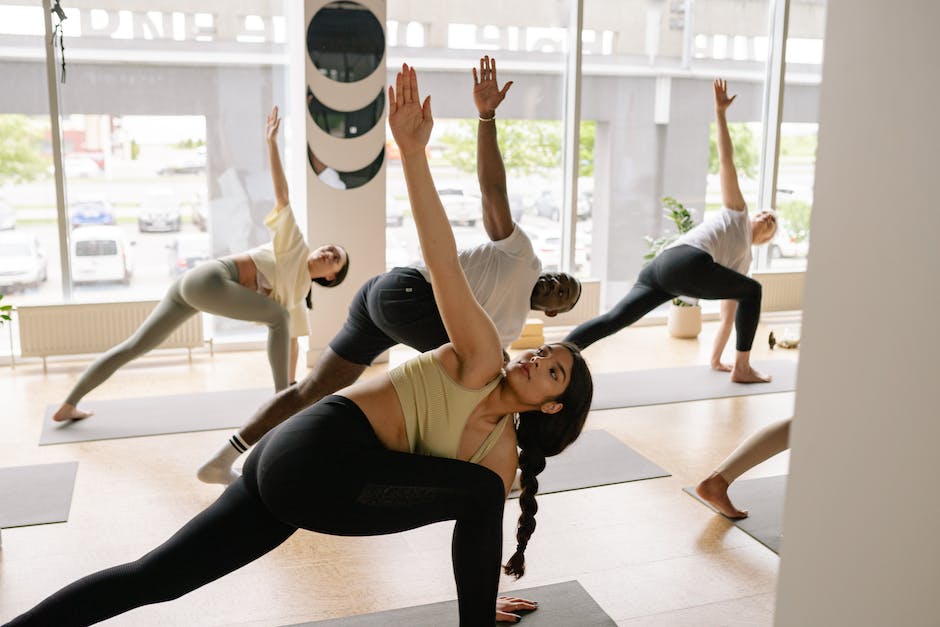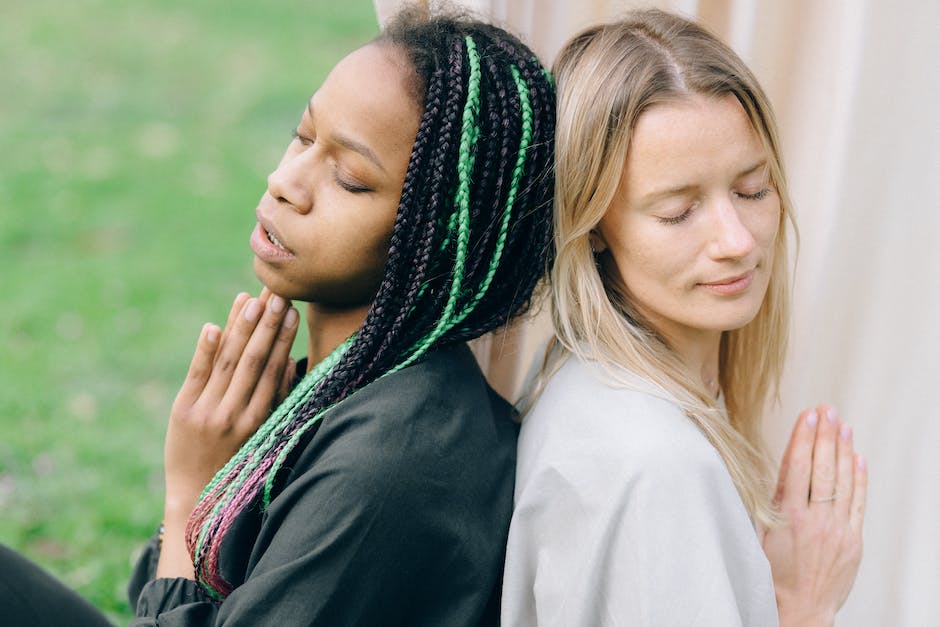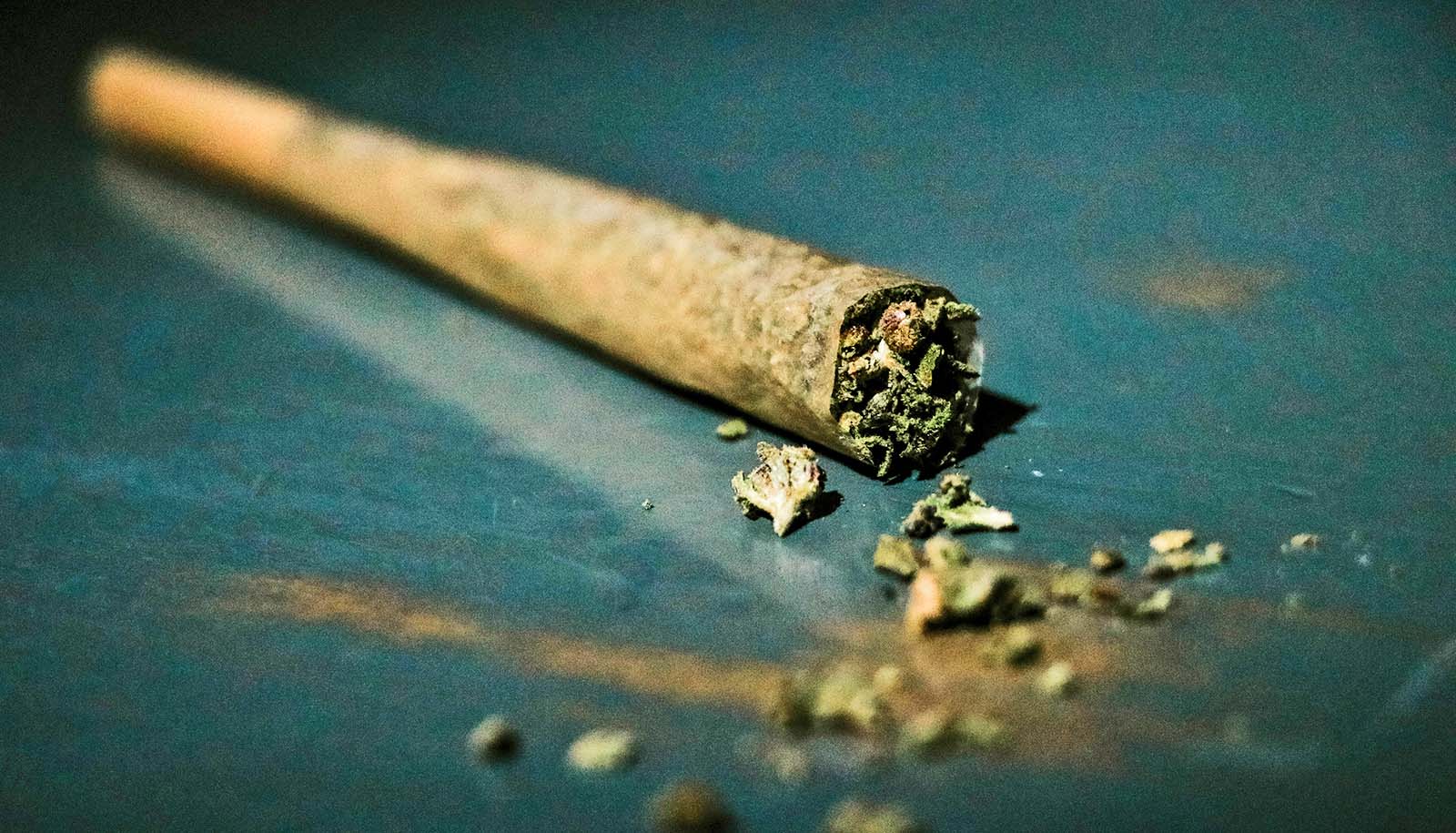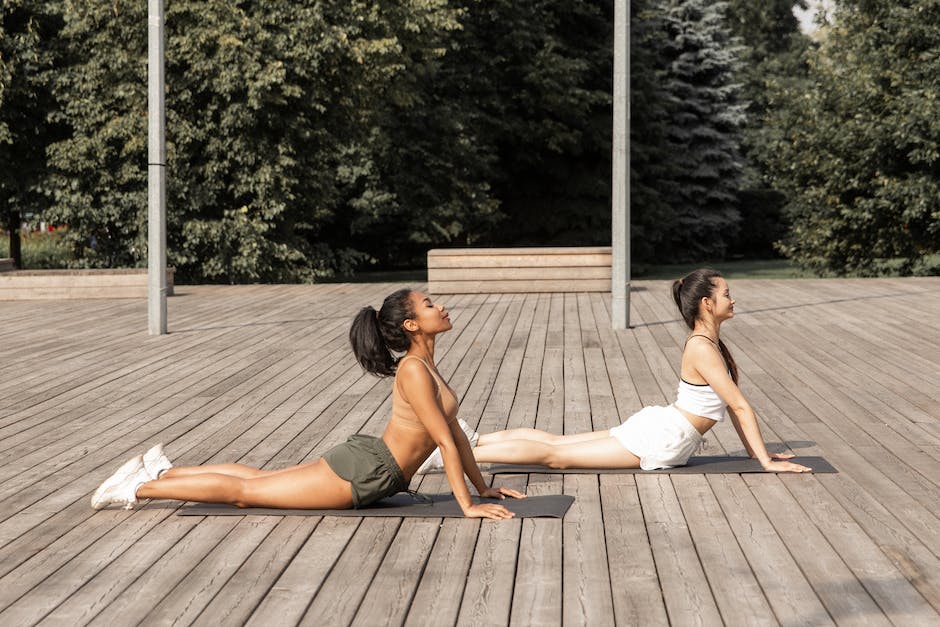
The Basics Of The Cobra Pose
The cobra pose, also known as bhujangasana in Sanskrit, is a beginner to intermediate level backbend that is commonly found in many yoga practices. This pose offers a variety of benefits for both the body and mind, making it a popular choice among yogis of all levels.
To begin the cobra pose, start by lying on your stomach with your legs extended behind you and your hands placed on the ground beside your shoulders. Engage your core and press your hands into the ground as you lift your head, chest, and torso off the ground. Your elbows should be bent and close to your body, and your gaze should be directed forward.
It is important to keep a slight bend in the elbows to avoid putting too much pressure on the lower back. At the same time, engage your glutes and thighs to lift your legs off the ground and create a strong foundation. Hold this pose for 30 seconds to a minute, taking deep breaths in and out through the nose.
The cobra pose not only strengthens the back muscles, but it also stretches the front of the body, including the chest, abs, and thighs. This can improve posture and help to alleviate back pain. In addition, the cobra pose can help to improve digestion and stimulate the reproductive organs.
One of the most notable benefits of the cobra pose is its ability to improve mental clarity and reduce stress. As you lift your chest and open your heart, you allow for a greater flow of oxygen to the brain, which can help to clear the mind and improve concentration.
It is important to listen to your body when practicing the cobra pose, and to modify the pose as needed to avoid strain or injury. If you have any lower back injuries or conditions such as a herniated disc, it is best to avoid this pose or practice it with caution and under the guidance of a trained yoga instructor.
As with any yoga pose, the cobra pose takes time and practice to master. Don't get discouraged if you can't hold the pose for very long at first – with time and dedication, you will see improvement. Remember to breathe deeply and focus on the present moment as you practice the cobra pose, and you will soon discover the many benefits it has to offer.
Popular Blog Posts
Latest News
Unveiling Our Yoga-Centric Universe
Embark on a holistic wellness journey with our experienced team of yoga enthusiasts, instructors, and advocates. Our mission, driven by expertise and zeal, is to make yoga a rewarding and accessible practice for all skill levels—from beginners to advanced yogis. But we go beyond yoga; we also delve into complementary areas like mindfulness techniques, guided meditation, and self-care rituals. These interrelated disciplines, we assert, are essential for unlocking a balanced, serene, and fulfilling lifestyle.
Favorite Yoga Resources
Your Daily Dose of Yoga Wisdom
"Yoga transcends the conventional definitions of an exercise regime; it is a way of life, a profound science that unravels the boundless potentials of our mind and soul."
- Anamika Mishra

